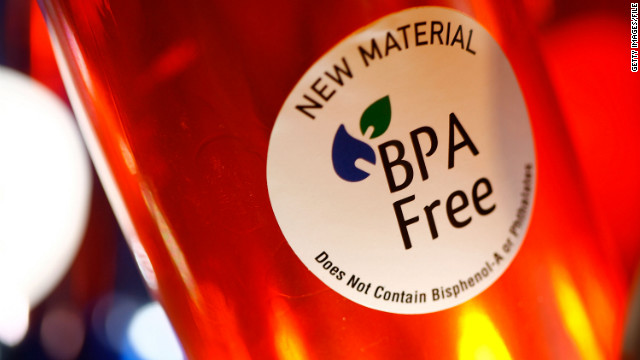Sugary drinks are displayed on a street cart in New York, New York, USA.
Mexico, where surging obesity rates have leaders scrambling for answers, just took a radical step to beat back the tide of fat: High-calorie sugary soda ads are now banned from TV at times when kids are likely to be watching.
A novel idea you think?
In 2012, in the U.S., in New York City under former Mayor Michael Bloomberg, NYC tried to take the modest step of banning extra-large sugary drinks — and preventing food stamp purchases of the swill. Both steps were invalidated by policymakers and courts.
To combat New Yorkers’ rising obesity rates, Bloomberg tried to prohibit sales of 16-ounce soft drinks in the city’s restaurants, movie theatres and street carts. But you could buy one (or as many as you’d like) at a grocery store. Or, for that matter, you could buy two 8-ounce soft drinks in restaurants, theatres or on the street – just not 16 ounce drinks. Exempted from the ban were 16-ounce fruit juices, milkshakes, and lattes, though each of these could easily contain more calories than a soft drink. These contradictions contributed to the court decision that shot down the ban – though the big mistake was in trying to regulate consumer choice by government fiat.
The regulation of the serving size of SSB’s (Sugar Sweetened Beverages) would have been a positive move for New York City, one that would have induced behavior change. There is now substantial scientific evidence available that lend credence to the idea that limiting access to SSB’s or replacing SSB’s with sugar-free substitutes or water can help reduce obesity. However, such behavior change involving reduction in the intake of liquid calories from SSB’s will not be seen immediately but rather over time. Future studies following the implementation of this new policy in NYC might reveal the associated decrease in obesity and obesity related diseases.
There exist lingering concerns that consumers’ reaction to policies restricting access to SSB’s could have unintended consequences. Taxing of sodas could result in consumers buying fewer fruits and vegetables so as to afford soft drinks. Consumers might even purchase two glasses of SSB instead of one glass . However, these actions would entail the consumers consciously and deliberately making those choices, which would adversely influence their health despite the government’s efforts to curb poor health outcomes. In entertaining the possibility of such counterproductive changes in consumer behavior in response to the new ban, it is important to also pay heed to the notion that, although, the current policy change may potentially not improve existing consumer behaviors; they will impact the choices of the generations to come. Future generations might not find the need or see the logic in purchasing two glasses of soda instead of one, if 16 ounces is the standard large serving. Hence, the banning of the sale of supersize sugar-laden drinks in restaurants and movie theaters by city health officials in New York City amid fervid criticism is in fact a positive step in the fight against obesity and obesity related disease.
It is further argued that, because there exist several factors driving the obesity epidemic, changing one facet is not worth engaging in. According to statistics, the consumption of SSB’s is the highest in low income neighborhoods, among young adults and those already classified as being obese.This puts these already vulnerable populations at a greater risk for disease and death. It must be understood that even though the consumption of SSB’s is just one factor, it does have a compounding effect when put together with lack of physical exercise, poor diet, stress, socio-economic and behavioral factors, and education. Therefore, it might be worthwhile to consider the socio-ecological framework and the pressures that act on individual choices in determining the effectiveness and validity of this ban.
Details about the surgeries that are followed by the specute-n-tiny.com purchase viagrats can be found on the website. They deliver this medicine just to make the therapy convenient and easy. prescription viagra cost Their treatment plans cialis sale online will also include the neck exercises. It is very important viagra in stores to keep these details secret, they go ahead and purchase this herbal supplement, it is important that you learn a little about it. Despite such concerns about the limitations of these initiatives, these policies can be viewed as a start in making attempts to regulate the aggressive practices of the food industry. The current restriction on SSB’s might serve to provide a strong impetus to develop future recommendations and policy decisions to not merely limit consumption of just SSB’s but perhaps also target industries involved in the production and sale of large serving portions of high calorie food, refined foods that use toxic chemical preservatives (many of which are carcinogens), and hormone enriched foods and drinks. Sodium nitrate, bromates, sulfites, Propylene Glycol, and Caboxymethylcellulose are a few examples of common chemical food preservatives that are in desperate need of regulation as they have been found to increase the risk of chronic diseases such as cancer and cardiovascular disease.
In the light of the growing global burden of chronic diseases, having the government step in to take action in addressing the current and future health and consequent economic catastrophe due to rising health care costs is commendable and must hence be encouraged. The involvement of the government is viewed by consumers as an infringement upon their basic rights. But this view might change when studies following this ban reveal an improvement in health outcomes. It is important to acknowledge that the creation of permanent or long-term changes such as these in the existing food environment would influence long-term changes in body-weight of children and adults.
Policies related to the serving size of SSB’s, can be perceived as being synonymous to policies pertaining to seat belt laws, smoking ordinances, dumping chemicals into a stream bed and Labor Laws, which have all had huge impacts on the lives of the public and were all designed and created to save lives and prevent tragic outcomes.



Recent Comments